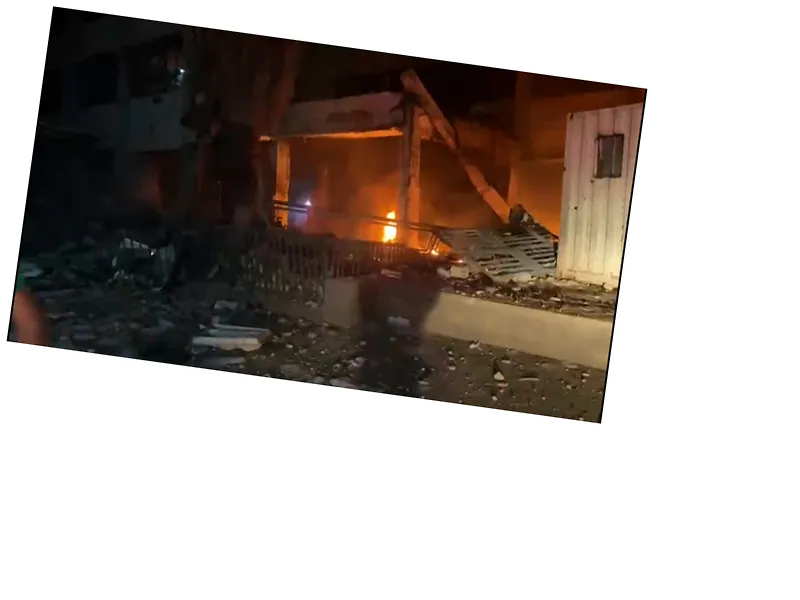The escalation of violence has not only led to a high number of military casualties but has also impacted civilian life, with the conflict affecting thousands across various regions.
The term 'Black October' signifies a particularly deadly month for Israeli forces, indicating a potential shift in the dynamics of the conflict and the challenges faced by the Israeli military in sustaining operations.
The statistics reveal a broader context of the conflict, with implications for national security, military strategy, and the humanitarian situation in the affected regions.
As the conflict continues, the casualty figures are likely to rise, further straining military and civilian resources.
The ongoing military operations may lead to increased international scrutiny and calls for ceasefire negotiations as casualties mount.
The situation may exacerbate humanitarian crises in the Gaza Strip and surrounding areas, prompting international aid responses.
Israeli media reported a significant rise in fatalities during the ongoing conflict, with a total of 1,802 casualties since the onset of the 'Al-Aqsa Flood' on October 7, 2023. This figure includes 902 military and security personnel. The month of October has been dubbed 'Black October' due to the high number of military losses, with 33 soldiers reported killed in southern Lebanon alone during this period.
The Israeli Insurance Institute indicated that the total number of injured individuals has reached approximately 17,809, with 5,087 soldiers sustaining injuries since the beginning of the conflict. Among these, 758 are reported to be in critical condition, highlighting the severe impact of the ongoing military operations.
Data from the Defense Ministry's Rehabilitation Division suggests that overall security force casualties, including police and reservists, could exceed 14,000 by the end of the year, reflecting the ongoing and escalating nature of the conflict across multiple fronts, including Gaza, the West Bank, and northern borders with Lebanon.





